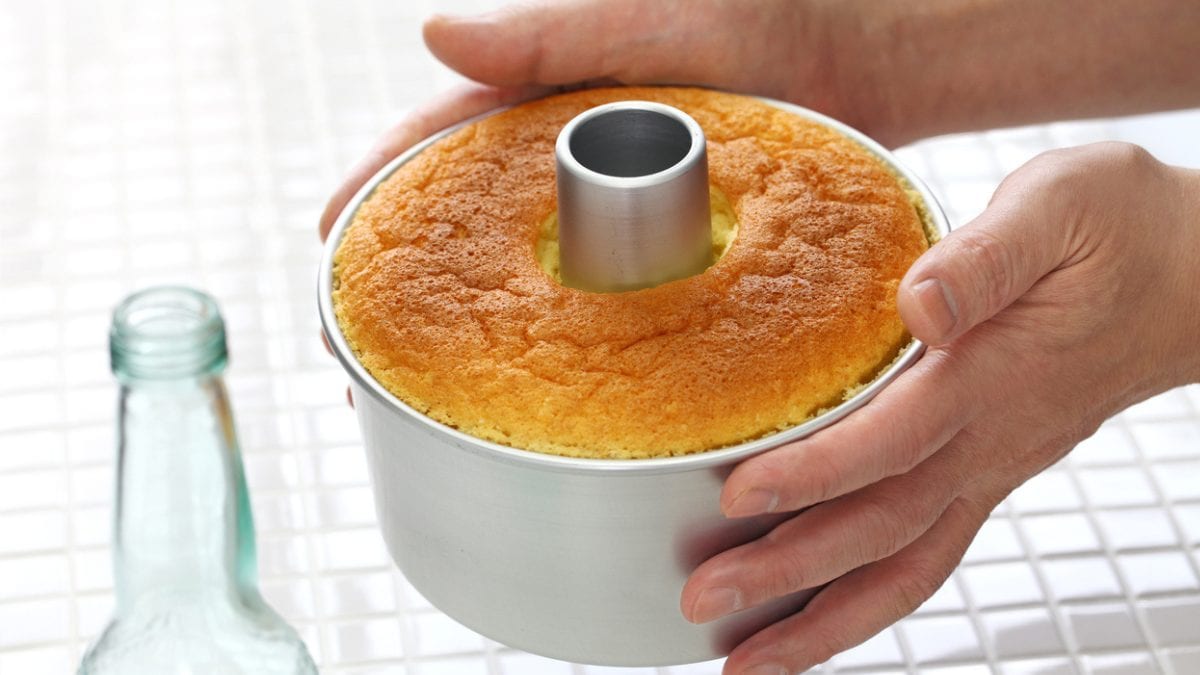
Chiffon cakes are light, airy, and wonderfully delicate, which is what makes them so irresistibly delicious. But baking a chiffon cake isn’t just about mixing ingredients and popping it in the oven. There’s an art to it, especially when it comes to cooling it down. While it may seem like an afterthought, how you cool your chiffon cake can make all the difference between a fluffy success and a deflated disaster. One of the most crucial steps that people often overlook is never cooling your chiffon cake right side up. Let's dive into why this simple mistake can lead to a cake that’s anything but perfect.
The Delicate Nature of Chiffon Cakes
Chiffon cakes are unique in that they combine the richness of a butter cake with the lightness of an angel food cake. The batter is made with egg whites whipped to stiff peaks, creating an airy texture, and oil, which keeps the cake moist. Because of this delicate balance, chiffon cakes need special care during baking and cooling. If you don’t treat it right after it’s done, you risk all your hard work collapsing into a dense, sad cake that’s far from what you intended.
Why the Right-Side-Up Mistake Happens
Many bakers, especially those who are new to chiffon cakes, think that cooling the cake on its right side up will help it set in its final shape. After all, it makes sense—why not let the cake cool how it was baked, right? The problem lies in the fact that chiffon cakes are incredibly soft when they first come out of the oven. Cooling the cake right side up places direct pressure on its delicate structure, causing the cake to sag and lose its fluffy rise. The result? A flat cake that has a sad, dense texture.

The Importance of Inverting the Cake
Inverting your chiffon cake is one of the most important steps in ensuring it stays light and airy. After removing the cake from the oven, the best practice is to immediately turn it upside down and place it on a cooling rack. Inverting the cake prevents the delicate crumb structure from collapsing under its own weight. Gravity helps here—when you let the cake cool upside down, the structure stays intact, and the air bubbles in the cake aren’t pushed out. This simple technique preserves the integrity of your chiffon cake’s fluffiness, resulting in a beautifully light texture.
The Cooling Rack: Your Cake’s Best Friend
You might be wondering, "What about just letting the cake cool on the counter?" Well, that’s another mistake. It’s important to use a cooling rack, and here’s why: a cooling rack allows air to circulate around the cake as it cools, ensuring that the cake doesn’t become soggy. If you place your cake on a flat surface, the heat and moisture could get trapped underneath, ruining the texture. Cooling racks provide the proper airflow that helps your chiffon cake retain its light, airy texture all around.

Avoiding the Dreaded Sink
One of the most heartbreaking things that can happen to a chiffon cake is that dreaded sink in the middle. This happens when the cake’s structure fails to support its weight during cooling, causing it to collapse. Cooling a chiffon cake right side up increases the chances of this happening. The best way to avoid this? Invert the cake immediately after removing it from the oven and let gravity work its magic. This will prevent the cake from deflating into a sad, flat version of itself and help it cool evenly.
;Resize,width=767;)
